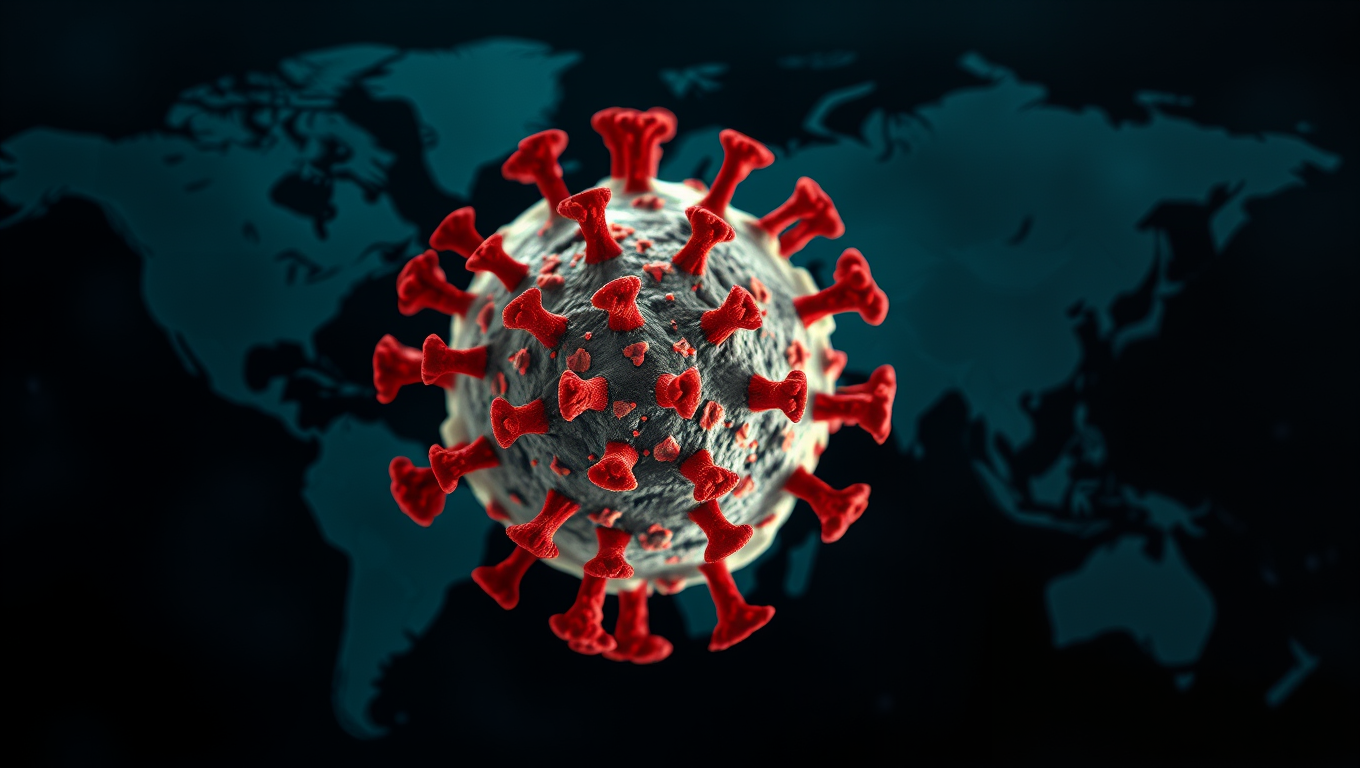While we try to keep things accurate, this content is part of an ongoing experiment and may not always be reliable.
Please double-check important details — we’re not responsible for how the information is used.
Bird Flu
Developing a Critical Reserve Against H5N1 Avian Influenza Pandemics: A Novel Nasal Spray Vaccine Approach
Scientists have pioneered an influenza virus vector-based nasal spray vaccine platform and developed a nasal spray H5N1 avian influenza vaccine. During the early COVID-19 pandemic, this platform enabled the rapid development of a nasal spray vaccine in collaboration with mainland China’s Wantai BioPharm. After completing Phase 1-3 clinical trials, it was approved in 2022 as the world’s first nasal spray COVID-19 vaccine.

Allergy
Flossing for Vaccines: A New Method to Deliver Immunizations
Scientists have discovered that flossing between your teeth could one day help vaccinate you. By targeting a uniquely permeable gum tissue called the junctional epithelium, this new method stimulates immunity right where many infections enter: the mouth, nose, and lungs. Using dental floss on mice to apply a flu vaccine triggered a robust immune response—better than existing oral approaches and comparable to nasal vaccines, but without the risks. It even worked with mRNA and protein-based vaccines.
Bird Flu
Unlocking the Secrets of the 1918 Spanish Flu Virus
Scientists in Switzerland have cracked open a century-old viral mystery by decoding the genome of the 1918 influenza virus from a preserved Zurich patient. This ancient RNA revealed that the virus had already adapted to humans at the very start of the pandemic, carrying mutations that made it both more infectious and more immune-resistant. By pioneering a new method to recover fragile RNA from preserved tissue, researchers gained rare insights into how flu viruses evolve. The study not only revives the history of one of humanity’s deadliest outbreaks but also arms us with critical knowledge to face future pandemics with smarter, science-based strategies.
Bird Flu
A Game-Changing Vaccine Breakthrough: One Shot to Stop HIV
Researchers from MIT and Scripps have unveiled a promising new HIV vaccine approach that generates a powerful immune response with just one dose. By combining two immune-boosting adjuvants alum and SMNP the vaccine lingers in lymph nodes for nearly a month, encouraging the body to produce a vast array of antibodies. This one-shot strategy could revolutionize how we fight not just HIV, but many infectious diseases. It mimics the natural infection process and opens the door to broadly neutralizing antibody responses, a holy grail in vaccine design. And best of all, it’s built on components already known to medicine.
-

 Detectors7 months ago
Detectors7 months agoA New Horizon for Vision: How Gold Nanoparticles May Restore People’s Sight
-

 Earth & Climate9 months ago
Earth & Climate9 months agoRetiring Abroad Can Be Lonely Business
-

 Cancer8 months ago
Cancer8 months agoRevolutionizing Quantum Communication: Direct Connections Between Multiple Processors
-

 Albert Einstein9 months ago
Albert Einstein9 months agoHarnessing Water Waves: A Breakthrough in Controlling Floating Objects
-

 Earth & Climate8 months ago
Earth & Climate8 months agoHousehold Electricity Three Times More Expensive Than Upcoming ‘Eco-Friendly’ Aviation E-Fuels, Study Reveals
-

 Diseases and Conditions9 months ago
Diseases and Conditions9 months agoReducing Falls Among Elderly Women with Polypharmacy through Exercise Intervention
-

 Chemistry8 months ago
Chemistry8 months ago“Unveiling Hidden Patterns: A New Twist on Interference Phenomena”
-

 Agriculture and Food8 months ago
Agriculture and Food8 months ago“A Sustainable Solution: Researchers Create Hybrid Cheese with 25% Pea Protein”





























